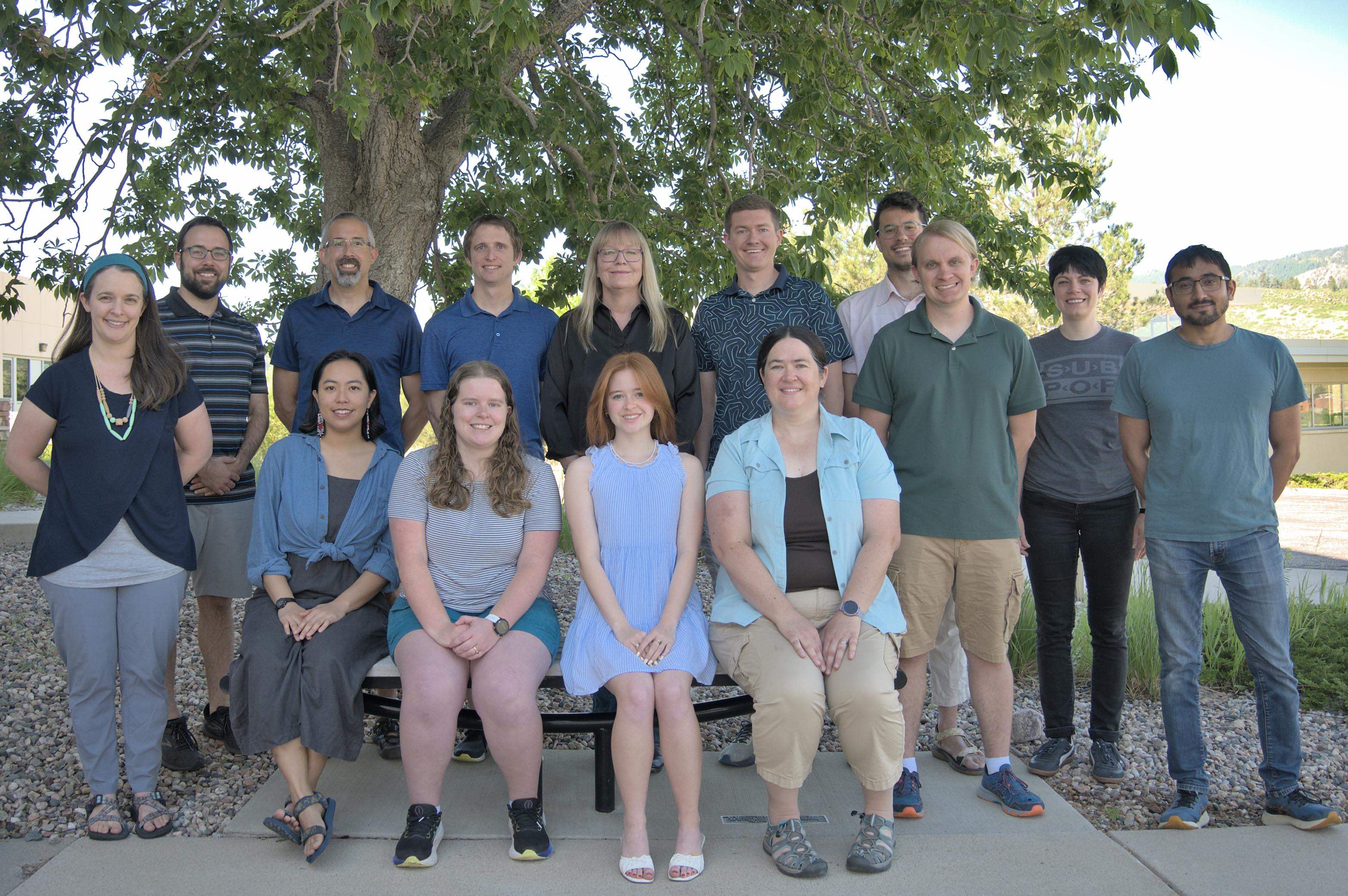Welcome
Hello and welcome to the research group of University Distinguished Professor Sue van den Heever. Our research focuses on convective cloud processes, specifically those associated with updraft and downdraft dynamics, convective cold pools, convective anvils and aerosol-cloud feedbacks. We focus specifically on the interactions between dynamical and microphysical processes, and how these interactions are represented in numerical models. More detailed information about our research can be found on our publications page and below on this page.
To achieve our scientific goals we make use of a suite of modeling and observational tools. In particular, we utilize the open source Regional Atmospheric Modeling System (RAMS) that is developed and maintained by the van den Heever group. We have run RAMS in high-resolution idealized LES configurations through to large ocean basin-scale simulations in order to understand the microphysical and dynamical processes driving deep convective updrafts, anvils, cold pools, and warm and cold phase processes. RAMS includes a sophisticated 2-moment microphysical scheme, a detailed aerosol parameterization, and is interfaced to the Hebrew University Cloud Model (HUCM) spectral bin microphysics scheme, as well as the Land Ecosystem-Atmosphere Feedback (LEAF) surface scheme, thus allowing us to investigate the impacts aerosols and land surface processes on convective clouds.
Satellite observations also play a critical role in our research. The INCUS mission, led by Dr. van den Heever, was recently selected as a NASA Earth Venture Mission. This mission is comprised of a train of three small satellites carrying radars and a radiometer. Through the use of a novel time-differencing technique, estimates of the convective mass flux and vertical velocity of deep convective storms in the tropics will be obtained. Read more about INCUS in the original NASA press release and CSU's SOURCE magazine and catch a glimpse of the CSU heritage in PI-led missions. Sue is also the first woman to serve as the PI of a NASA Earth Science PI-led mission as recently highlighted by the National Academies of Science, Engineering and Medicine (see also this video between 18 and 20 minutes).
Radar and in-situ observations are other tools used in our storm research. A number of our research group members were recently involved in C3LOUD-Ex, a field campaign led by our group in which we introduced the “Flying Curtain”, a novel way in which to utilize UASs and other instrumentation in observing cold pools, the results of which were recently published in BAMS and highlighted on the BAMS cover. Others have participated in NASA's CAMP2Ex campaign which was focused on tropical maritime convection around the Philippines. Most of the group is currently involved in the NSF's BioAerosols and Convective Storms (BACS) field campaign, a campaign jointly led by the Kreidenweis and van den Heever group at CSU and the Stone group at the University of Iowa, examining the role of convective cold pools in redistributing bioaerosols. Dr. Leah Grant has been leading the BACS IOP activities. Members of our group are also involved with the DOE TRACER and NSF ESCAPE campaigns being conducted around Houston focusing on the role of Houston aerosols on the microphysical and dynamical processes of convective clouds.
Further details on our research activities are outlined below. Please feel free to contact us at sue (dot) vandenheever (at) colostate (dot) edu should you have any questions.
